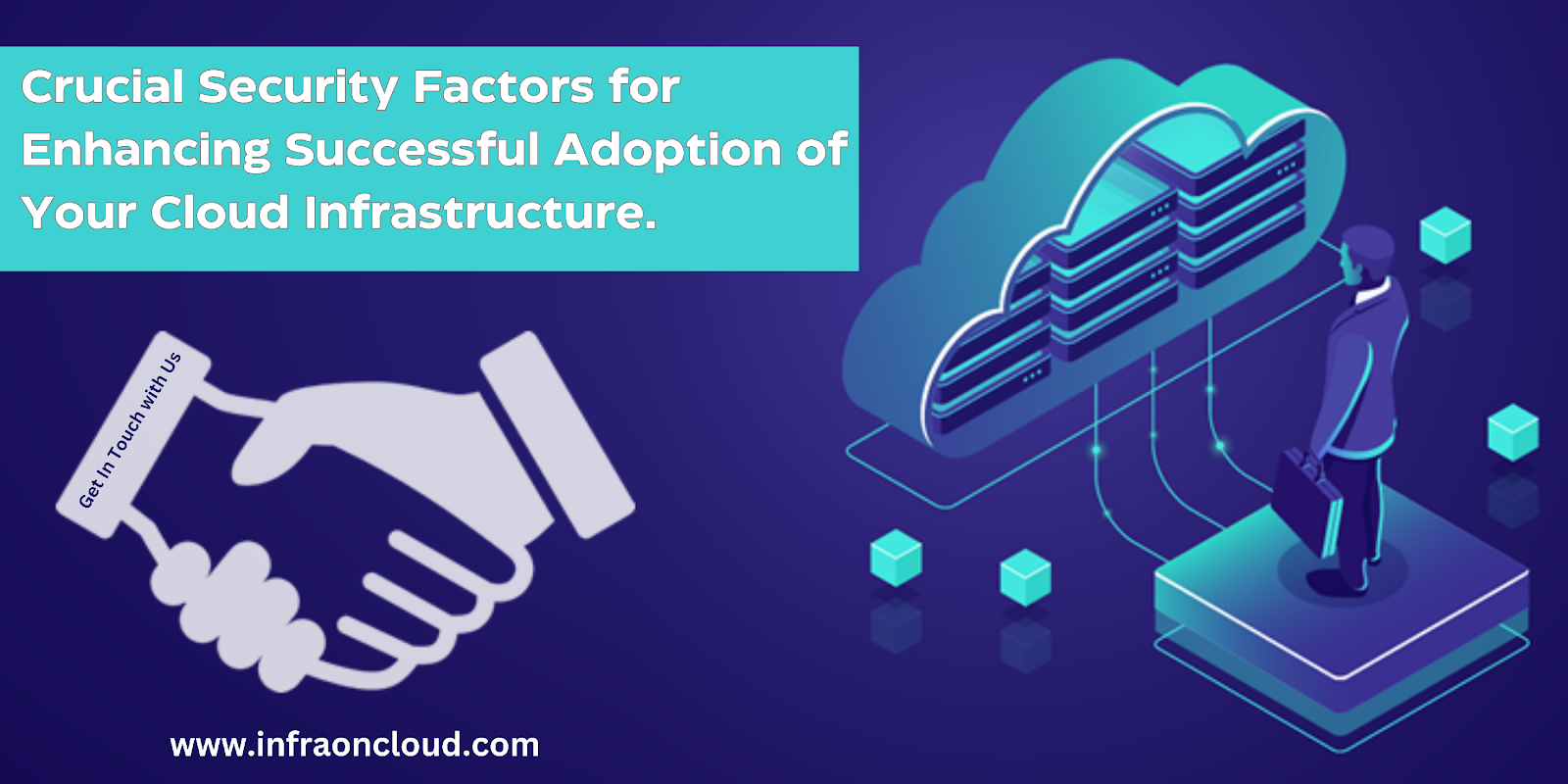Adopting the cloud offers convenience and scalability, but security concerns remain a major concern. Ensuring regulatory compliance and protecting sensitive data are essential for a successful cloud integration. You should be aware of and attentive to critical security factors in order to strengthen your cloud strategy
Data Encryption:
Securing data transferred and stored through cloud services requires the implementation of strong encryption techniques. The use of encryption algorithms such as AES (Advanced Encryption Standard) guarantees that your data is secure and unreadable, even in the event that it is accessed by unauthorized people.
Identity and Access Management (IAM):
Appropriate IAM standards facilitate the management and regulation of user access to cloud resources. Using strategies like role-based access control (RBAC) and multi-factor authentication (MFA) improves the overall security posture and reduces the possibility of unauthorized access.
Regular Security Audits and Monitoring:
Security flaws must be quickly identified and addressed through continuous auditing and monitoring of cloud applications and infrastructure. Proactive threat detection and response can be achieved by utilizing solutions such as security information and event management (SIEM) platforms and intrusion detection systems (IDS).
Adherence to regulations and compliance:
It is essential for businesses handling sensitive data to strictly adhere to industry-specific regulations and compliance standards.
Data Backup and Disaster Recovery:
Implementing strong backup and disaster recovery processes in place protects against lost data and system downtime. Establish comprehensive recovery plans and utilize cloud-native backup solutions to guarantee business continuity in the case of a natural disaster or security breach.
Management of Secure Configurations:
Preventing security breaches due to misconfigurations is largely dependent on properly configuring cloud resources. To identify and address any breaches from security baselines, audit setups on a regular basis and adhere to the best practices advised by cloud service providers.
Security Development Procedures:
Vulnerabilities in cloud-based apps are reduced by using safe coding techniques and incorporating security into the software development lifecycle (SDLC). To identify and address security vulnerabilities early in the development process, use security testing techniques like penetration testing and static code analysis.
Vendor Security Assessment:
Evaluate your selected cloud service provider’s security procedures. Recognize their compliance commitments, security certifications, and data center security protocols. A trustworthy provider will offer information about their security procedures and controls.
Recognize that both the client and the cloud provider are responsible for guaranteeing the security of the cloud. Customers are responsible for protecting their apps, data, and configurations within the cloud, while cloud providers are in charge of the security of the underlying infrastructure. It’s essential that you understand this shared responsibility concept and take preventative measures to safeguard your cloud resources. Organizations can establish a strong foundation for a secure and reliable cloud environment by adhering to these security issues. Update and review security measures on a regular basis to keep up with new developments in technology and growing threats.
![]()

